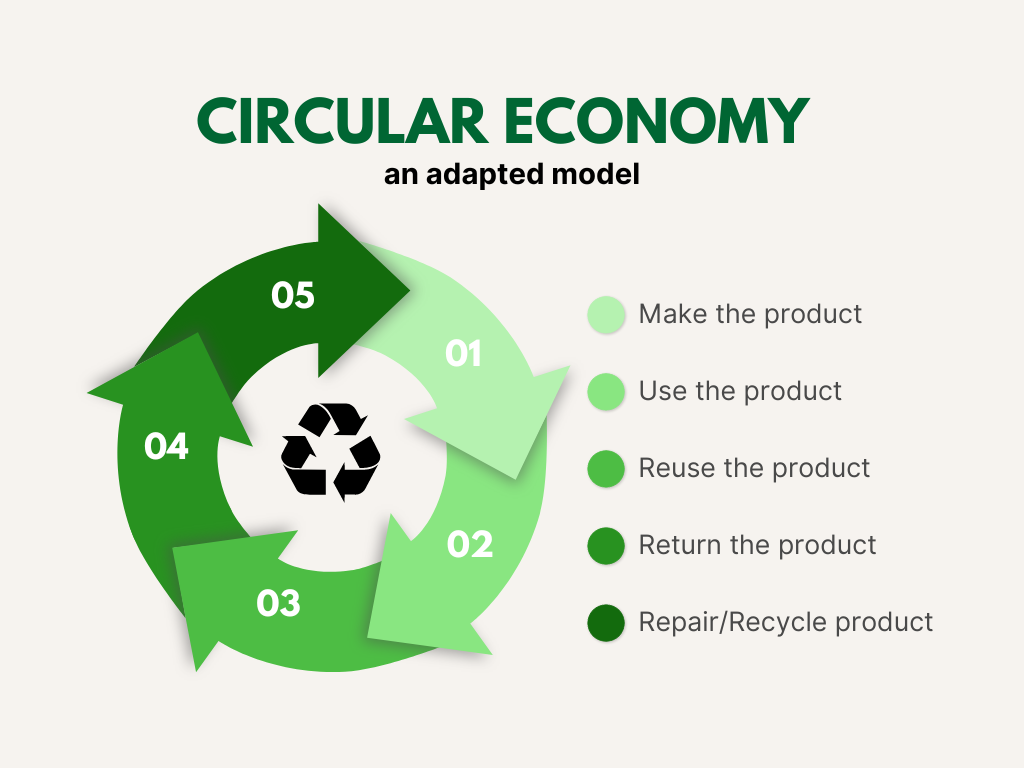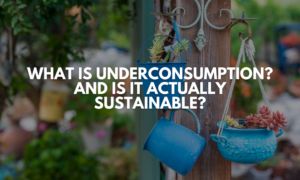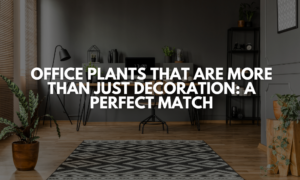Let’s play a game. Which U.S. state is the most wasteful? Any guesses? Think about the population density, amount of big cities, and places you’ve visited.
If you answered New York or Illinois, that would be a great guess, but incorrect. If you answered California or Washington, again nice try but incorrect. Out of the 50 states, surprisingly the most wasteful states both belong to the Midwest: Michigan and Indiana.
In our EnviroStaff section of our blog, we’ve talked extensively about strategies for reducing food and plastic waste, but beyond reducing you can also reuse and recycle for maximum impact. Today we’re going to discuss the differences between using materials once and letting them circulate through their full cycle of potential.
Make- Take – Use – Dispose: The Linear Economy
As the name suggests, the system where materials are used once and then disposed of is called the linear economy. It “prioritizes short-term convenience over long-term impact,” according to Medium.
Think about a couch that has rips and tears. You buy a new couch, but what do you do with the old one? The linear economy model would suggest you throw the couch away and move on to the next best thing.
But there’s another option that makes better use of the wood, fabric, and other materials from that couch.

Reuse & Recycle: The Circular Economy
Instead of throwing it away, there are at least 5 things you can do to give the couch a second and third and fourth life.
- Donate it to an organization that will find it a new home
- Sell it to a thrift store
- Take it to a furniture specific recycling center
- Upcycle the materials to build new things
- Take it apart and donate the materials (fabric, wood, metal) to places that will use those in new projects)
All of these things you can do, play into the central idea surrounding the circular economic model. By putting the materials of the couch back into the economy, they can keep being reused, repaired, and recycled so that those valuable parts are never going to waste.
This model is built upon 3 central principles that encourage building and rebuilding every aspect of the Earth:
- Eliminating waste and pollution
- Circulating products and materials
- Regenerating nature
You might be thinking that carrying out this vision sounds like a lot of work and extra effort. We offer a different perspective.
A Changed Economy: The Vision
The answer is not in suggestions of small changes, it’s in a full systemic switch. What does this look like? Let’s go back to the beginning.
Have you noticed that your appliances don’t last that long anymore? Your refrigerator breaks after 5 years and cars start needing repairs after 2. Why is that? It’s because the linear system we live in now prioritizes the next best thing over sustainability, so things aren’t made to last. Which means that we will continue to deplete our limited supply of natural, biomaterials until they’re gone.
But, we can prevent that.
Imagine that every new thing is made from recycled materials. It still looks the same as a new couch, the materials have just been cycled and recycled through the economy and are helping to give life to new furniture, technology, appliances, clothing, and more. By using less virgin materials, we’d be able to save so many natural resources, coal, timber, natural gas, and metals, from running out. Then, we’ll be able to continue making new things for longer with this more sustainable approach.
This is the vision of the circular economy, and it starts with you. Whether you own a company or are a stay at home parent, you have a part to play in preventing the extinction of our precious natural resources. Refurbish that couch, recycle that can, and thrift your clothes. Together we can make this dream a reality.
In other news…
Have you followed our social media?
To download our app and more, check out our Linktree:
About EnviroStaff
EnviroStaff is a division of LGC that focuses on making placements in the environmental industry. We build partnerships with clients to fill open positions on their team and have recruiting capabilities within multiple markets throughout the U.S. Working closely together, EnviroStaff will recruit environmental industry professionals based on your job description and requirements. By making direct hire placements, EnviroStaff can help clients save time and money often associated with recruiting.





